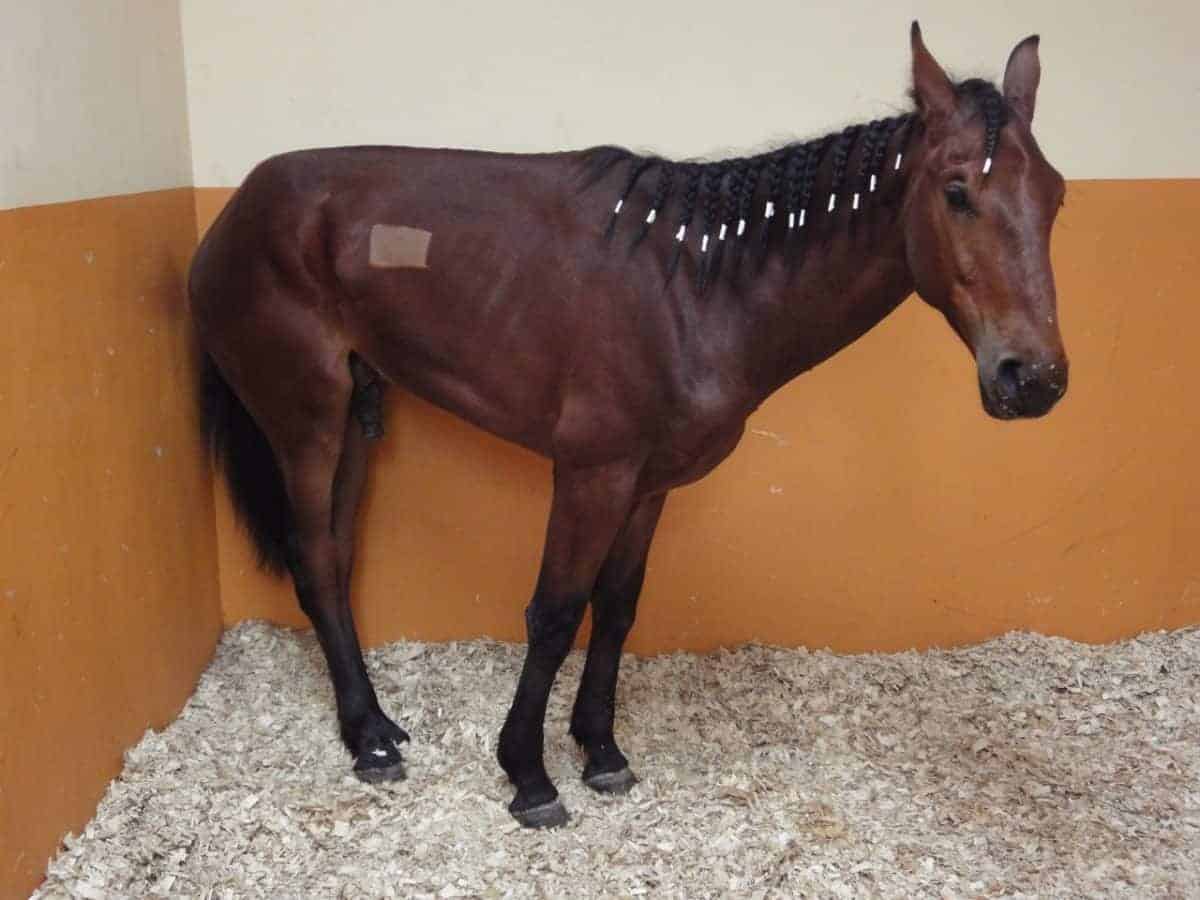New research into Equine Grass Sickness

Four new studies into the devastating disease Equine Grass Sickness have been published in the Equine Veterinary Journal (EVJ) this month.
Grass Sickness
The research looks into novel risk factors for the disease, key differences between EGS and botulism, a novel diagnostic technique and an investigation into whether monitoring weight loss can help predict whether individual horses with chronic EGS are likely to survive.
Despite more than 100 years of research, supported predominantly by the The Moredun Foundation Equine Grass Sickness Fund, the cause of EGS remains unknown.
Since it almost exclusively affects grazing horses, a neurotoxin in pasture is thought to be to blame.
Paralysis of the gut
Grass Sickness causes gut paralysis as a result of damage to parts of the nervous system that control involuntary functions.
Acute and sub-acute EGS is invariably fatal, while around 55% of chronic cases can survive and return to a useful working life.
The UK has the highest incidence of EGS in the world, with the disease killing between 1 and 2% of horses in the United Kingdom each year. Cases are more common in spring.
“Given that our recent research suggests that EGS is unlikely to be caused by neurotoxins from Clostridium botulinum we are now moving on to determine whether EGS is caused by ingestion of mycotoxins produced by pasture fungi,” said Professor Bruce McGorum, Head of the Equine Section at the Royal (Dick) School of Veterinary Studies & Roslin Institute in Edinburgh.
“We are very pleased that The Horse Trust has provided funding for this three-year investigation.”
Download the EVJ equine grass sickness collection here.
Watch the Vet Essentials series now on H&C Play.






